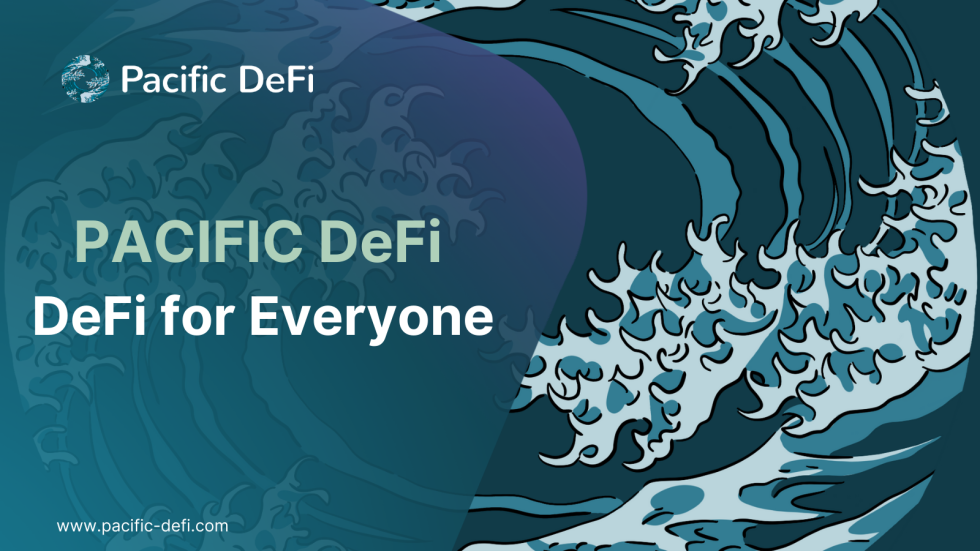Pacific DeFi is a decentralized DeFi protocol built for efficient and secure trading. Users can stake and lend cryptos for returns on their stablecoins and altcoins. Pacific DeFi allows users to earn high risk-adjusted returns through depositing single tokens into its vaults.
Users are provided with two type vaults – one for stablecoins and the other for altcoins. Users can deposit crypto into these vaults to earn risk-adjusted returns via Pacific DeFi’s auto-staking function.
Pacific DeFi also provides leveraged vaults, allowing users to lend their crypto at attractive rates of return, which are in turn utilised by the High-Yield vault participants to magnify returns.
At the final stage of the roadmap, Pacific DeFi aims to be a prominent launchpad, allowing users to access the best DeFi projects in the space. Its universally usable wallet, token swap platform, and interoperability across various blockchains all work together to bring the very best of DeFi to its users.
How Secure Is Pacific DeFi?
Pacific DeFi will enter into partnerships with top security firms and DeFi protocols in the space to ensure the protocol is safe to use. Its smart contracts will initially be audited by NonceAudits, ensuring that the code is airtight. In addition to security, these partnerships will also ensure the longevity and scalability of Pacific DeFi. Its universal wallet ensures that assets can be tracked in a single place.
Increasing Gas Efficiency
Pacific DeFi not only separates itself from the competition by providing a simple, single-token vault that automatically diversifies risk, but the protocol also helps users reduce gas costs. Pacific DeFi pools deposits together to achieve this. This way, users only need to supply a single token as opposed to two tokens as is currently the norm. This approach will greatly reduce the gas costs each user pays per transaction.
The single-token, high-yield vaults of the protocol are then automatically diversified across secure protocols. This does not affect the returns of users. It rather opens up leverage for investors to be able to enhance their returns.
Pacific DeFi’s protocol addresses the issue of over-collateralization in the space. Most existing DeFi protocols still offer lending and borrowing models with an over-collateralized lending model. However, since Pacific DeFi’s lending function serves high-yield vault users, it operates a model where users provide undercollateralized loans and this, in turn, enhances their vault returns.
The Mission
Pacific DeFi aims to give users complete control of their investment options. This means offering alternatives to services offered by traditional finance but with better returns. Decentralized finance has proven that it is the future of investing. As such, Pacific DeFi is bridging the gap between traditional finance and DeFi with its high-yield enhancement strategies which users can use to maximize their returns while reducing risk.
Users are able to keep track of all their positions across different platforms using Pacific DeFi’s vaults. Diversifying and automatically enhancing yield has never been easier as Pacific DeFi makes this possible with only a couple of clicks.
Pacific DeFi’s Token, $PACIFIC
Holding Pacific DeFi’s native token $PACIFIC enables users to get rewards from the project. Holders who stake their tokens are eligible to receive ecosystem rewards in $PACIFIC tokens for the duration of the minting period (one year).
To ensure continuous profitability and value for holders, Pacific DeFi will periodically buy back and buy $PACIFIC tokens from all profits generated from the protocol. This will reduce supply over time, initiating scarcity, thereby increasing the value of the token over the long-term.
$PACIFIC token holders reserve the rights to vote on major decisions that will affect Pacific DeFi. Holders’ vote count towards key decisions on product creation, implementation, and strategy.
To learn more about the project, connect with the team;
Website
Telegram
Twitter
Medium
